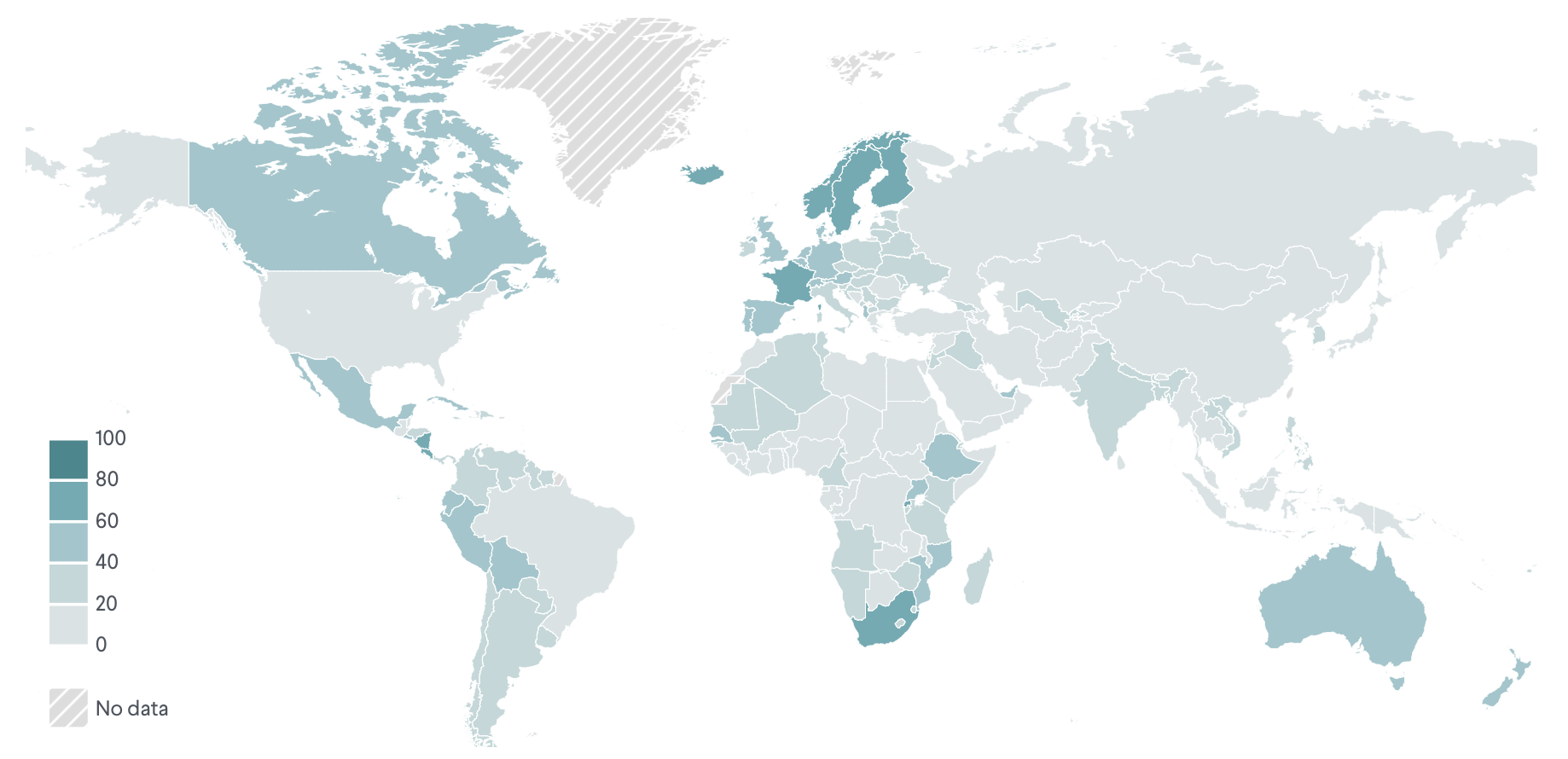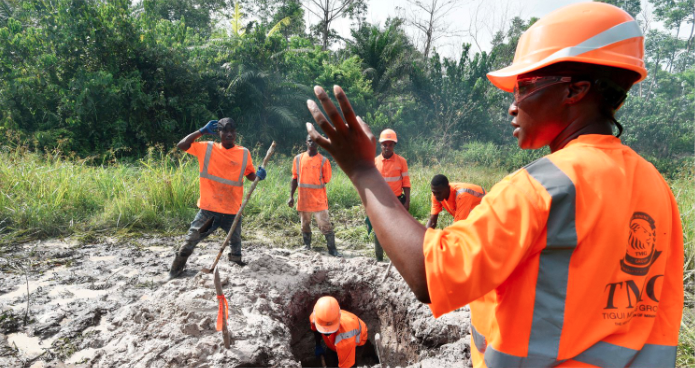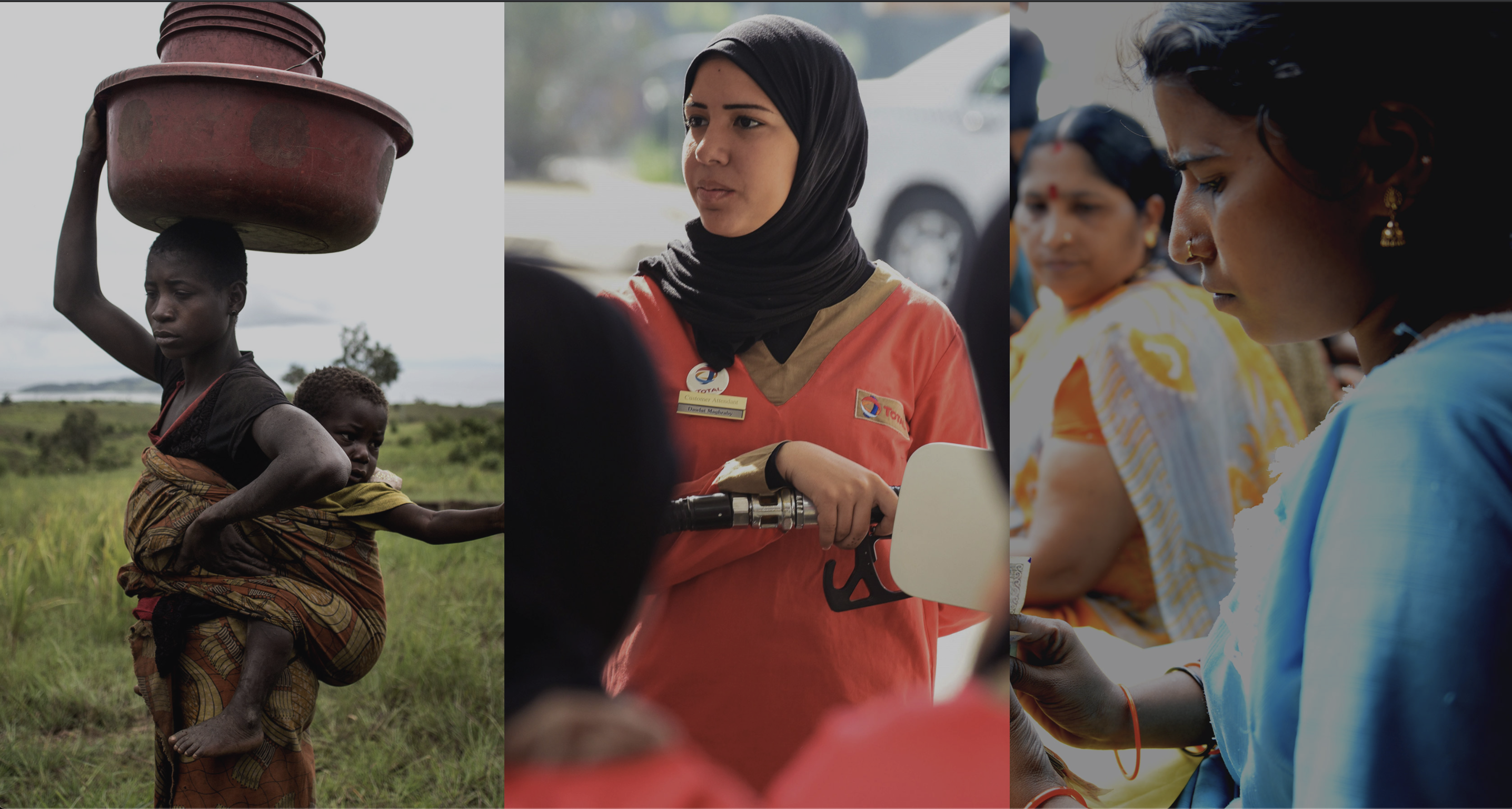After low rates of participation in early rounds of talks, 20 percent of the government’s negotiating team and 40 percent of the Revolutionary Armed Forces of Colombia (FARC) team in final negotiations were women. Women played instrumental roles in building coalitions, rallying public support, repairing community relations, and laying the groundwork for the peace-building efforts.
Women improved the security situation in local communities by mediating cease-fires, convincing guerrillas to lift roadblocks, and negotiating the release of hostages.
In November 2016, the Colombian government and the Revolutionary Armed Forces of Colombia (FARC) signed a peace agreement that ended fifty years of armed civil conflict that resulted in over 220,000 deaths and the displacement of nearly seven million people across the country. Here is a look back at how Colombian women participated in the peace negotiation and the contributions they made to this landmark agreement.
The 2016 comprehensive peace agreement set an international example for women’s involvement. When formal talks opened in Cuba in November 2012, only one of the twenty negotiators was female (5 percent). In 2013, civil society leaders organized a National Summit of Women and Peace to demand an inclusive peace process, and by 2015, 20 percent of the government negotiating team and 43 percent of FARC delegates (a level consistent with the percentage of women fighters in the guerrilla group) were women. Women also contributed to the peace process at all levels, including through official subcommissions—notably the first-ever Gender Subcommission—and through influential roles in the government’s Office of the High Commissioner for Peace. Women’s participation on both sides of the formal negotiating table and in civil society helped ensure the success of the years-long Colombian peacemaking effort with the FARC.
Women improved the security situation in towns across the country by mediating local cease-fires; convincing guerrillas to lift roadblocks preventing the passage of people, food, and medicine; and negotiating the release of hostages.
- Women
- Men
women
women
Women made valuable contributions to the peace process and negotiations in four ways.
Broadened the agenda. Women used their seats at the table to address some of the primary grievances of affected communities, including land restitution and the right to justice and reparations for victims. They successfully included provisions in the agreement on the rights of women, girls, and indigenous populations that sought to secure equal access to property for rural women, promote women’s political participation, create measures to prevent gender-based violence, and rebuke amnesty for crimes of sexual violence committed during the conflict.
Negotiated local cease-fires. Over the course of the years-long peace process, women improved the security situation in towns across the country by mediating local cease-fires; convincing guerrillas to lift roadblocks preventing the passage of people, food, and medicine; and negotiating the release of hostages. This mitigated the ongoing cycle of violence and lessened the external pressure on negotiating parties.
Increased accountability. Because of the demands made by female negotiators and civil society members, the FARC undertook confidence-building measures that increased the likelihood of a peace deal, including initiation of an apology process and release of child soldiers. Furthermore, victims of violence perpetrated by both sides of the conflict—including thirty-six women in a landmark intermediation—offered direct testimony to formal negotiators, securing the issue on the negotiating agenda.
Built public support. Women in civil society organizations played an instrumental role in building coalitions and rallying public support for the commencement and continuance of talks. They repaired relations in communities torn by the conflict, laying the groundwork for the peace-building efforts necessary for the agreement’s long-term success.
The peace agreement with the FARC addressed many issues critical to Colombia’s postconflict recovery, but the durability of peace remains uncertain, with the government facing significant challenges, including land reform, illicit drug trade, and questions of justice and accountability. An early test of the peace deal is the reintegration of thousands of FARC militants into civic life, including women members: although 40 percent of the FARC (and 25 percent of the National Liberation Army [ELN]) is female, the government historically has provided little support to demobilized female combatants. The government-FARC agreement is a step forward, but experts are watching to see if it will be implemented and how soon a peace deal with the second-largest insurgent group, the ELN, will be reached.
No generation in Colombia has experienced peace, and the conflict has severely affected women. “Women need to be seen, heard, and taken into consideration.”
— Victoria Sandino, negotiator for the FARC






